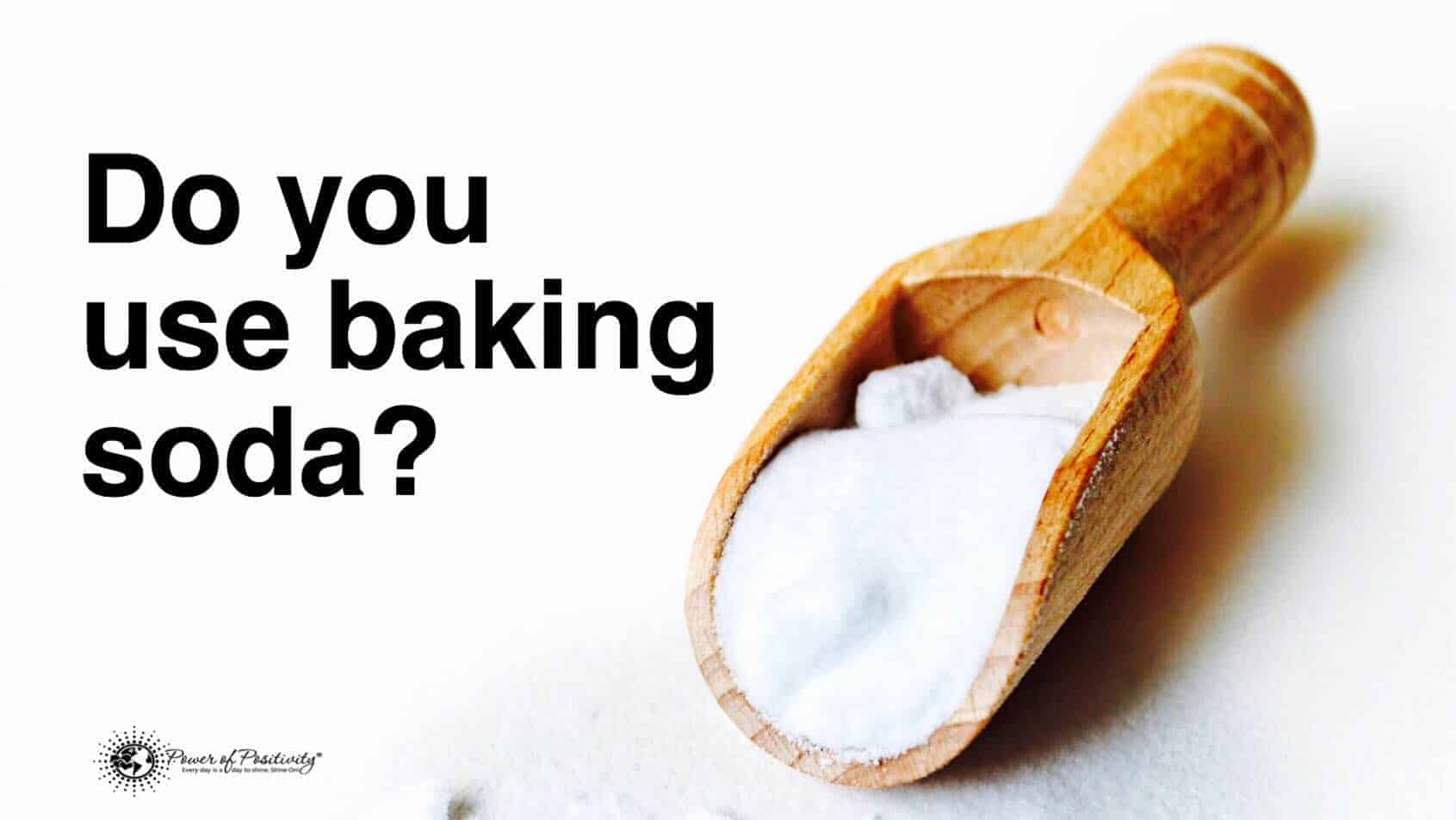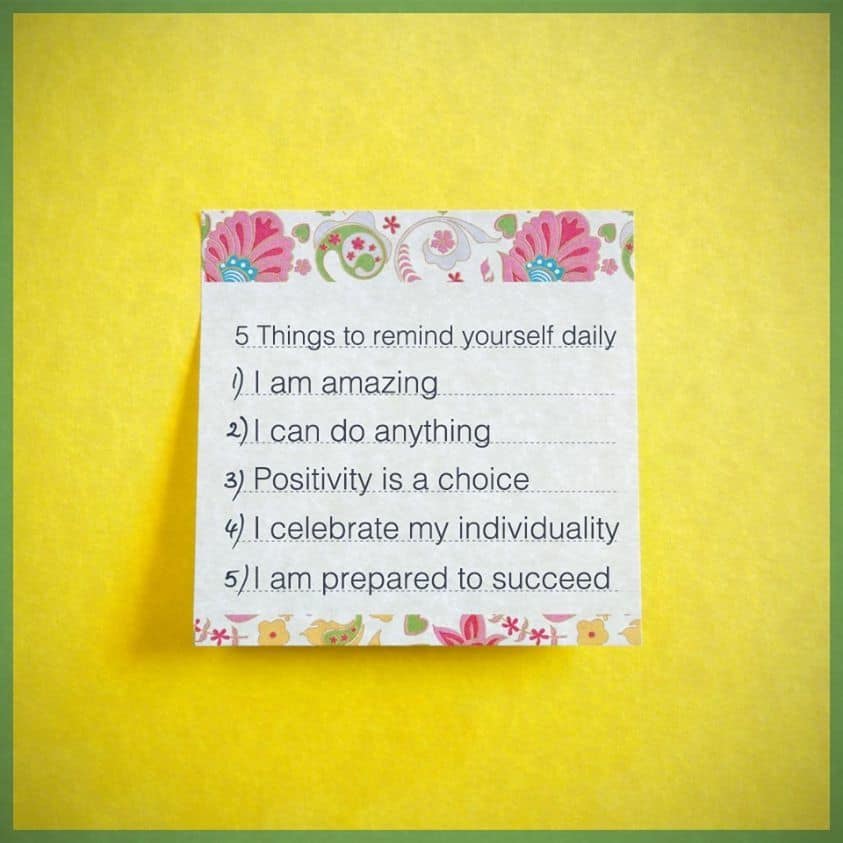We’ve all heard how baking soda is a miracle when it comes to house cleaning. This is because baking soda is abrasive and can easily break down dirt and grime molecules.
But baking soda can’t be used on everything. Its properties mean that it can actually be damaging to certain items! Here are eight items never to clean with baking soda.
1. Marble Surfaces
You may have heard from a lot of people, including so-called cleaning experts, that marble should be cleaned with baking soda. Whatever you do, please don’t believe it! Most stone manufacturers would strongly recommend against doing such a thing.
Though the abrasion caused by baking soda is very mild, using baking soda as a regular cleaning product will slowly harm the upper layers that seal and protect the stone. Over time, this will result in scratches on any marble or quartz surface.
Instead of using baking soda, keep in mind the following tips for cleaning marble surfaces:
 · Opt For Prevention Over Cure
· Opt For Prevention Over Cure
Marble is very porous and requires regular upkeep if you want to avoid scratches and stains. Every few months, use Professional finish with Silicone Sealant to re-seal the marble, making it more resistant to stains. In addition, try to keep acidic liquids off of the surface.
· Clean Daily
Simply use warm, soapy water to wipe up messes and spills. Clean off the top, rinse with clean water, and then dry thoroughly. You can also use a marble-specific cleaning product.
· Wipe Spills and Stains Quickly
Liquid cleaners with acetone, household detergents, or mineral spirits work wonders for getting stains off if they’ve just begun to set.
· Buff Scratches Gently
You can attempt to get rid of surface-level scratches with dry #0000 steel wool. However, deeper etchings will require professional attention.
2. Wooden Furniture and Flooring
Wooden surfaces use sealants in order to stay strong and pristine, and using baking soda over time will cause that sealant to wear away, just like with marble. For wood, though, that sealant is necessary to avoid significant and obvious damage, so the abrasiveness of baking soda is even worse for it!
To clean wooden furniture, you should:
- Dust regularly with a dry, soft cloth or a feather duster of some kind
- Avoid using all-purpose cleaners as much as possible unless the wood has a plastic coating
- Use cleaning products that contain silicone oil, which will add hard protection to the surface
- Mild soap, water, and clean cloth can be used to get rid of sticky stains or spots in wooden furniture
- Clean mildew with a vacuum followed by mild soap, water, and clean cloth
- Older wooden furniture can be cleaned with #0000 steel wool and should be treated with a wax conditioner or orange oil
According to vidaspace.co.nz, you should clean wooden flooring, specifically hardwood flooring:
- Clean regularly with a broom or microfiber dust mop, or use a vacuum with a floor-brush attachment
- Mop rarely with properly diluted wood floor cleaning product and a wood floor mop; use damp mop methods only
- You can try mixing half a cup of white vinegar into a gallon of water for a natural homemade wood-cleaning product, but make sure to spot test first as some vinegar may cause discoloration
- Remove stains with floor wax and #0000 steel wool
3. Glass
Glass is fragile and easily scratched, so it goes without saying that the abrasiveness of baking soda is bad for it. You’re better off with:
- Commercial glass cleaner
- Soap and water
- White vinegar and water, mixed in a 1:4 ratio respectively
Of course, different types of glass may require different kinds of attention. In general, the usual standard cleaning methods are sufficient, but you may want to take note of the following tips anyway:
· Annealed Glass
Use glass cleaner or soap and water, scrub gently or scrape hardy portions with a razor blade, remove the soap and water, and dry with a microfiber cloth.
· Coated Glass
Use an ammonia-free glass cleaner and clean very gently, then dry with a microfiber cloth.
· Tempered Glass
Use window cleaner and clean very gently, then dry with a microfiber cloth.
· Mirrors
Remove stains from products with rubbing alcohol and a cotton pad, spray with glass cleaner, then wipe dry with a microfiber cloth.
4. Items With Grooves and Cracks
When baking soda dries, it leaves behind a residue that can get lost in cracks and grooves. It’s pretty tempting, especially since baking soda has a positive effect as a disinfectant and can easily ensure that these groove-filled items are free from menacing bacteria and pathogens.
Unfortunately, the dusty, whitish leftovers from the baking soda are not worth this trouble. A mini vacuum would work well for getting into cracks, or you can use a microfiber cloth to collect dust and dirt.
 5. Aluminium Cookware
5. Aluminium Cookware
Metal surfaces are often free game for baking soda scrubs, but cookware of aluminum make should be treated with caution. Technically, you can use the stuff for a quick clean, but you have to rinse it off thoroughly immediately. If you don’t, it will lead to oxidation, changing your aluminum to brown.
Instead of risking it with nothing but positive thinking, try cleaning your aluminum cookware in the following ways:
· Want To Do Regular Cleaning?
Use a commercial cleaner specialized for this kind of cookware. It’s simple, easy, and to the point.
· Want To Return Some Shine?
Mix equal parts of vinegar and water, then use a soft cloth to wipe this mixture onto the cookware. Buff until shiny, then rinse and leave to dry.
· Want To Remove Stains?
Fill your cookware with water, put apple peels into it, and then bring to a boil. Once it boils, bring it down to a simmer and allow it to sit for half an hour. Then, pour out the water, allow it to dry and cool, and clean with soap and water.
· Want To Get Rid Of Discoloration?
Fill your cookware with water. For each quart, add half a cup of vinegar or lemon juice and two tablespoons of cream of tartar, then bring to a boil. Allow it to boil for 10 minutes. Then, pour out the water, allow it to cool, and wash with hot water and soap.
· Want To Get Rid Of Very Tough Stains?
Scrub a little with a steel wool pad.
6. Hair and Skin
Your hair and skin both need natural oils and a well-balanced pH. Baking soda neutralizes the natural and necessary acidity of these parts of your body while stripping both of their moisture and oil. You’ll wind up with cracked skin and brittle, dry hair!
Does this mean you can’t use baking soda anywhere on your body for hygiene purposes? Not necessarily. With baking soda, you can:
· Use It As Deodorant
Sweat doesn’t gain a smell until bacteria begin breaking it down, leading to the acidic smell. Baking soda patted on the armpits, may be able to reduce the acidity, leading to less odor according to some research.
· Use It As A Mouthwash
Baking soda has positive effects on breath and kills microbes and bacteria. To use this, mix half a teaspoon of the stuff in a glass of water.
· Use It To Whiten Teeth
According to studies, toothpaste that has baking soda in it typically works better when it comes to whitening teeth than toothpaste that doesn’t have any. The mild abrasiveness of the baking soda is able to break down the stains in your teeth.
7. Antique Silverware
You’ve probably heard repeatedly that baking soda should be used for cleaning silverware. There’s some truth to this; baking soda is great at quickly removing tarnishing. Once again, though, you’ll want to exercise caution and not gun ahead with plain positive thinking.
While most normal silverware is fine to clean with baking soda, antique silverware is not the same. The abrasion from baking soda can affect the finish, especially if they’re not pure sterling silver. Baking soda can also harm any decorative insets in silverware. Here are some tips for cleaning them safely:
· Want To Store To Avoid Tarnish?
Store your silverware in a dry, cool location.
· Want To Do Some Regular Washing?
Use mild dishwashing soap and warm water to gently and quickly wash the silver. Rinse then use a soft cloth to dry.
· Want To Polish?
Use ketchup for extra shine. Spot test first.
· Want To Get Rid Of Water Spots?
Use concentrated lemon juice and a clean microfiber cloth and polish with it. Spot test first.
· Want To Bring Back Some Shine?
Dilute some toothpaste in water and use a soft cloth to polish your silverware. Rinse after. Spot test first.
· Want To Ensure Absolutely No Damage At All To Your Antique Silverware?
Talk to a professional. They are best equipped to ensure your silver gets the absolute best care.
8. Gold-Plated Dishware and Cutlery
Gold-plated serving items and pieces are rarely ever genuinely plated with 24k gold, but if they are, then you’re going to have to be extra careful with them. True gold corrodes and scratches easily when exposed to baking soda because of how soft it is, and the plating will flake off too. Here’s how to clean these items instead:
· Regular Cleaning
Start by soaking your gold-plated serving pieces in a mix of ammonia, water, and soap for 20 minutes. Dry completely. Then, use turpentine or alcohol and a cotton ball to clean off dirt and grime. Finally, clean with a dry chamois cloth.
· Removing Tarnish with Ethanol
Ethanol helps bring the shine back to gold-plating and removes tarnish. A damp soft sponge and ethanol do the trick and can also be used preventatively.
· Removing Tarnish with Egg Whites
Mix a tablespoon of bleach into egg whites, soak a cotton pad in the mixture, and use to clean gently. Make sure you wear gloves.
· Removing Tarnish with Beer
Soak your gold-plated dishes and cutlery in dark beer for a minimum of thirty minutes. Use running water to rinse them afterward, then dry them completely with a chamois cloth.
 Final Thoughts On Some Items You Should Never Clean With Baking Soda
Final Thoughts On Some Items You Should Never Clean With Baking Soda
Baking soda works wonders in most situations, but not for these 8 items. When in doubt, always look up the proper care of certain materials and products before using anything that isn’t specifically made for them!


















